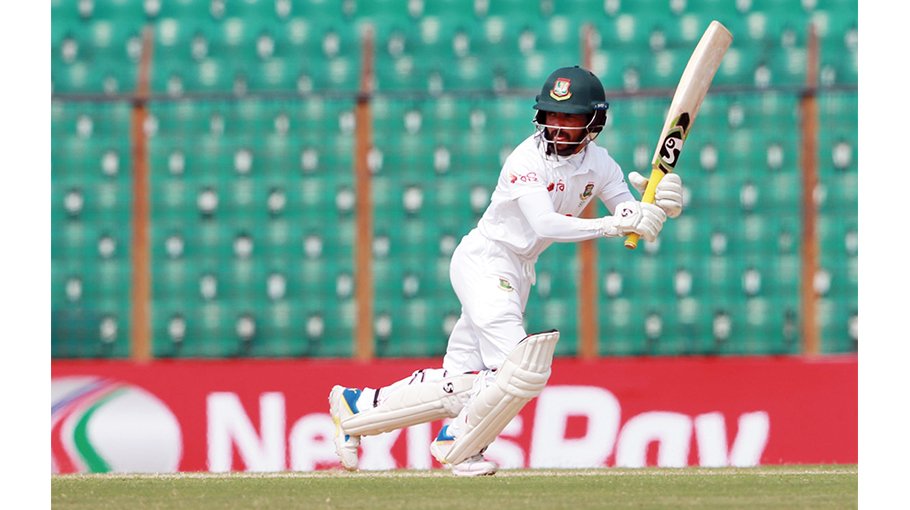Tigers’ woeful batting continue

The West Indies' dominance over Bangladesh in the Antigua Test is a stark reminder for everyone that Bangladesh’s never ending batting dilemma is not going to fade away soon. The Bangladeshi batting line-up, once again, has proven to be their Achilles' heel, unable to withstand the pressure of Test cricket.
The visitors' third-day performance was a microcosm of their struggles in recent years. Despite the slow pitch, they failed to convert promising starts into substantial scores. Jaker Ali and Mominul Haque both reached their fifties but fell soon after, their techniques exposed by the West Indian seamers. Litton Das, a promising young talent, also failed to capitalize on a good start, his innings ending in a disappointing fashion.
The partnership between Jaker and Taijul Islam offered some resistance, but it was too little, too late. The pair played cautiously, struggling to score runs at a decent rate. Their defensive approach highlighted Bangladesh's lack of attacking intent and their inability to dominate sessions.
Bangladesh's batting woes are not new. They have consistently struggled to build innings and compete at the highest level. Their batsmen often seem tentative and lack the temperament required for Test cricket. They need to learn to apply themselves, play with patience, and build partnerships.
The question remains: when will Bangladesh learn to bat in the Test format? Until they address this fundamental issue, they will continue to struggle against stronger teams. It's time for the Bangladesh Cricket Board to take a serious look at their domestic structure and player development programs. They need to produce batsmen who can compete at the highest level and help their team win matches.
The recent performance against the West Indies is a wake-up call for Bangladesh. They need to identify the root causes of their batting failures and take immediate action to rectify the situation. If they fail to do so, their Test cricket future looks bleak.



